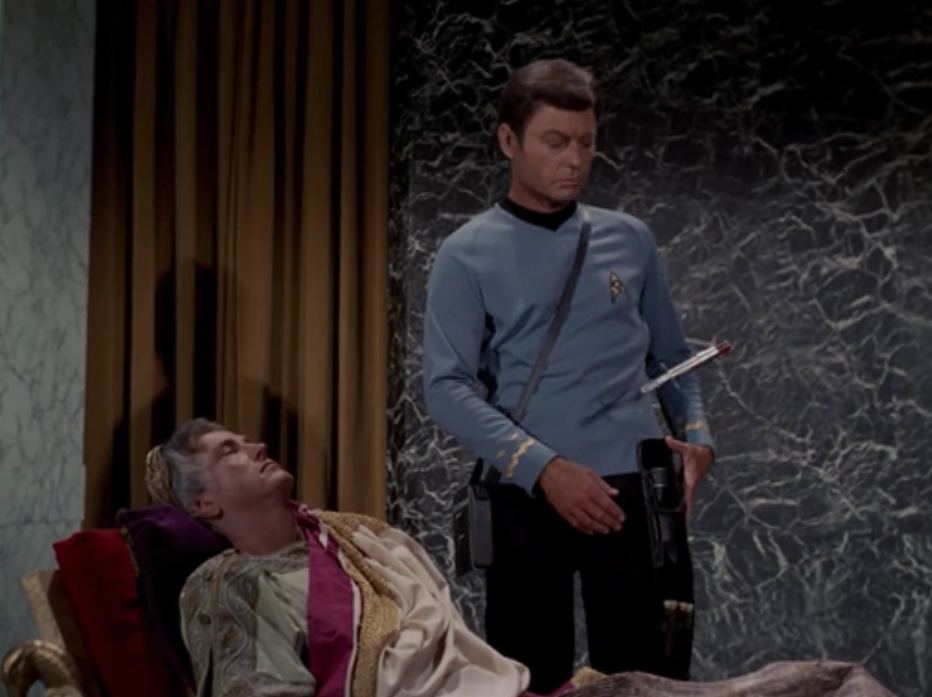


That is to say, “house” existed as a culture in Chicago for a good while before it was a sound as such. Funnily enough though, it wasn’t until after Knuckles had left The Warehouse to found The Power Plant in 1982 that he started to use drum machines live in his set, and others in Chicago began making what we’d recognise as house records. Other DJs in clubs and radio were following suit, and notably the Hot Mix 5 team (featuring DJs like Ralphi Rosario and Farley “Jackmaster” Funk) on WBMX helped cement this as the sound of Chicago. In fact he was only there for five years, during which time the phrase “house music” was used by local record stores to refer to the mostly disco records (often older disco), which he was extending with tape edits and double copies at the club. But he moved to Chicago in 1977, specifically to become Saturday night resident at The Warehouse, a club that his friend Robert Williams was opening. Born and raised in the Bronx, he cut his teeth as a DJ in New York City’s clubs and gay bathhouses. But these varied elements truly came together in one windy, Midwest American city.įrankie Knuckles was not a Chicagoan. And of course New York and New Jersey’s club scenes continued innovating sonically, as we’ll see later. These tracks were played in the US and are still played today. In Europe, you can hear the groove bubbling through the drum machines - from pop on Yazoo’s 1982 “Don’t Go” through synth psychedelia with Chris & Cosey’s 1984 “Driving Blind”, Manuel Göttsching’s “E2E4”, Italo disco on Klein & MBO’s 1982 “Dirty Talk” and Alexander Robotnick’s 1983 “Problémes D’Amour”, or on Front 242 Belgian EBM classic “Special Forces”. You can hear the beginnings of house back in 1977 in the sequencer-driven repetitions of Donna Summer’s Giorgio Moroder-produced “I Feel Love”, and the synth bassline and use of space on First Choice’s album track “Let No Man Put Asunder”, a tune that would be both remixed by Frankie Knuckles and endlessly sampled by everyone else as house music properly emerged. European synthesiser and rhythm machine experimenters like Kraftwerk and Cabaret Voltaire were starting to enter into a two-way dialogue with black American dance music, which itself had already been dosed with sci-fi sound by Herbie Hancock, Stevie Wonder and Bernie Worrell. Particular Latin syncopations went through Salsoul and into ‘80s freestyle. The studio tricks of edit scientists Tom Moulton, John Morales, François K, Walter Gibbons and company became crucial: cutting and splicing master tapes to deconstruct and extend disco grooves, increasing the sound’s rhythmic repetitions. Intersections of Black, Latino, and increasingly visible LGBTQ+ culture created something new that spanned from the pop charts to the underground. What started with David Mancuso’s Loft parties in New York was later turbocharged by Nicky Siano at his legendary club The Gallery and Larry Levan at hotspots like Paradise Garage and Studio 54. The elements that make up house music were all there as the ‘70s dawned, and the primacy of the DJ became paramount. And this story covers more than three decades’ worth of people doing just that. “House is an uncontrollable desire to jack your body,” as Chuck Roberts put it.

But this piece represents the big historical picture - we can save those micro-questions for the pub. Beatport’s own current genre names are based on how DJs in today’s scenes select and categorise, and may reflect a very different use of certain terms to 20 or 30 years ago. After all, terms like deep house, tech house and jackin’ house mean very different things to different people, and the definitions have shifted over time.

With three and a half decades of history and a scene that stretches across the planet - from the deepest basements to the top of the pop charts - no history is ever perfect. We’ll try to map out the territory in Beatport’s definitive history of house. In reality, feelings and history are anything but simple, giving rise to questions like, what actually makes a house record a house record? Where does a variant of house become something else? Is techno a part of house? Or are they separate? Overlapping? Or maybe, as Chuck Roberts’ sermon has it, house is a feeling. In one sense, it’s simple: it’s the music that Frankie Knuckles played in Chicago’s Warehouse club in the mid 1980s, and everything that’s flowed from that. What is house music? It’s an eternal question - one that’s kept musicologists’ conferences and pub arguments going for decades.


 0 kommentar(er)
0 kommentar(er)
